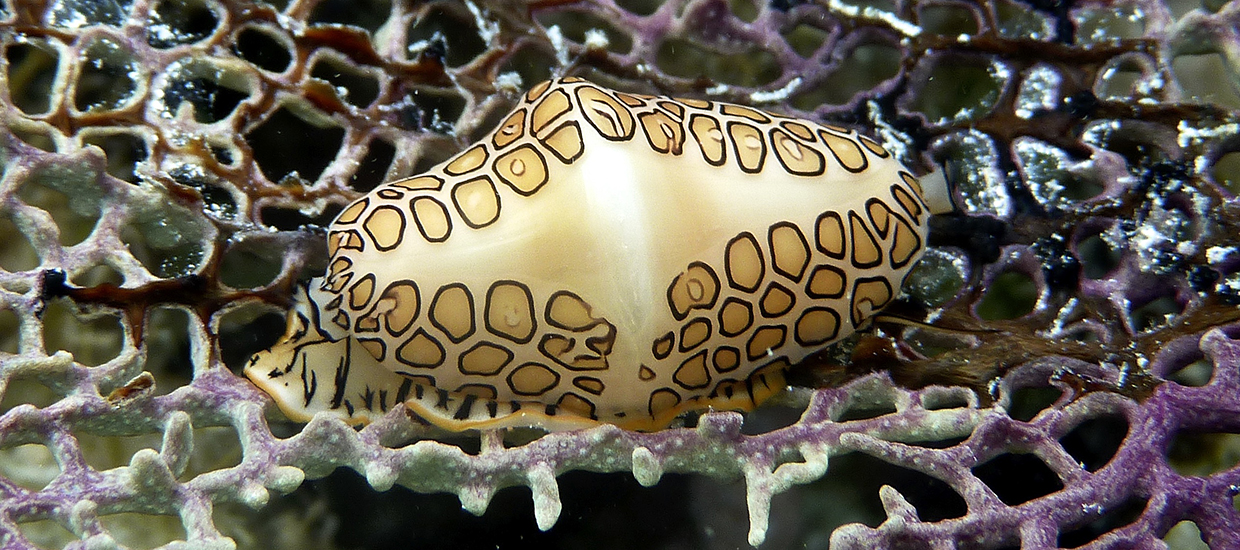Spiny lobsters support the most valuable fishery in the Caribbean, and the threat to them from PaV1 has hastened the need for scientific research to better explain how the virus is spread among distant populations.
Scientists are struck by how different terrestrial epidemiology is from that in marine ecosystems, a crucial difference being the more rapid spread of diseases in the ocean due to the presumed absence of barriers to waterborne dispersal. Yet, the movement of pathogens in the sea and its importance to disease dynamics in marine metapopulations is virtually unstudied. Marine pathogens do spread among distant host populations, as demonstrated by dramatic epizootics, but is this common or demographically relevant? Nearly all studies of marine diseases treat such events as transitory, focusing instead on local disease dynamics. This approach suggests either that small-scale phenomena normally trump the influence of large-scale pathogen connectivity or, alternatively, that the dispersal of marine pathogens by highly motile adults or free-living waterborne pathogens is simply too intractable for empirical investigation. Yet, there is another unappreciated mechanism - dispersal by infected larvae. Most marine animals have life histories that include planktonic larvae, many of which are highly dispersive. If infected by pathogens, these larval vectors would provide an efficient mechanism for distributing pathogens at high concentrations directly into habitats where hosts dwell. Perhaps more so than passive, waterborne pathogens that are subject to rapid dilution and have no means of targeting distant hosts.







